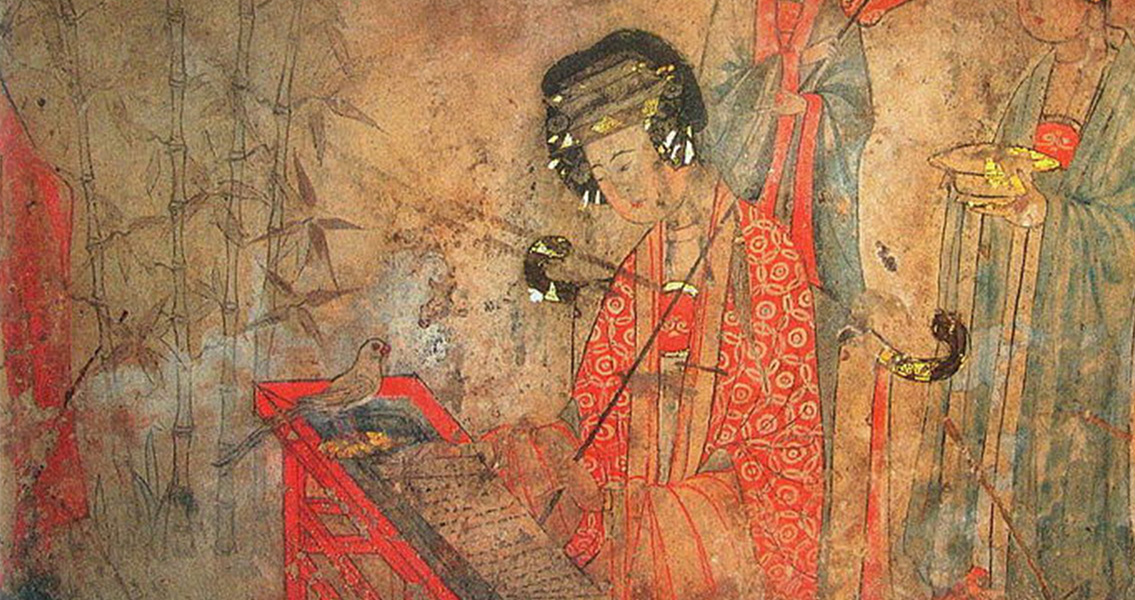<![CDATA[A Chinese tomb located near a modern railway station in Datong City is puzzling archaeologists. There are no human remains inside, just spectacular murals on the ceiling and walls. These murals depict stars and constellations, alongside images from the daily life of the occupant. The tomb itself is thought to be 1000 years old, and was first found in 2011 by a team from the Datong Municipal Institute of Archaeology. On the east wall of the tomb, the mural shows a group of servants attending to the tomb's occupant, by offering fruit and drinks to him. Other drawings on the wall include a deer, a crane, bamboo trees, and a yellow turtle. There is also a poem, which reads "Time tells that bamboo can endure cold weather. Live as long as the spirits of the crane and turtle." On the north wall, the researchers found images of what they believe could have been the occupant's pets. The drawings show a black and white cat with a red ribbon tied around its neck and a silk-strip ball in its mouth. Along with the cat is a black and white dog with a curly tail, which also has a red ribbon around its neck. Just like for the owner, there are servants attending to the cat and the dog, and there is an empty bed between them. The tomb's ceiling is just as spectacular. It contains stars painted in bright red, connected by lines forming shapes, which seemingly represent constellations. A three feet tall statue in the tomb depicts a smiling man dressed in a long black robe, sitting cross-legged on a platform. The archaeologists believe that this statue was put in place of the actual body, which was common practice among Buddhists at the time. They also think that the tomb has been robbed at some point in its history, destroying any evidence that could reveal the name of its occupant. It seems likely that he was a wealthy Han Chinese man, and a member of the social elite. In Han Chinese culture, wealthy men were usually buried with their most valuable possessions. If the tomb was indeed robbed, the thieves probably made off with a host of priceless items. The archaeologists believe that the occupant lived 1,000 years ago, during the Liao Dynasty. The Liao dynasty was controlled by the Khitan people, who ruled much of modern-day Mongolia, northern China and parts of Russia. The Khitan worked alongside the Han Chinese in their government. The find was published in the new Chinese Cultural Relics journal, which translates articles written in Chinese languages such as Mandarin and Cantonese, into English.]]>
Empty Chinese Tomb Has Spectacular Murals
